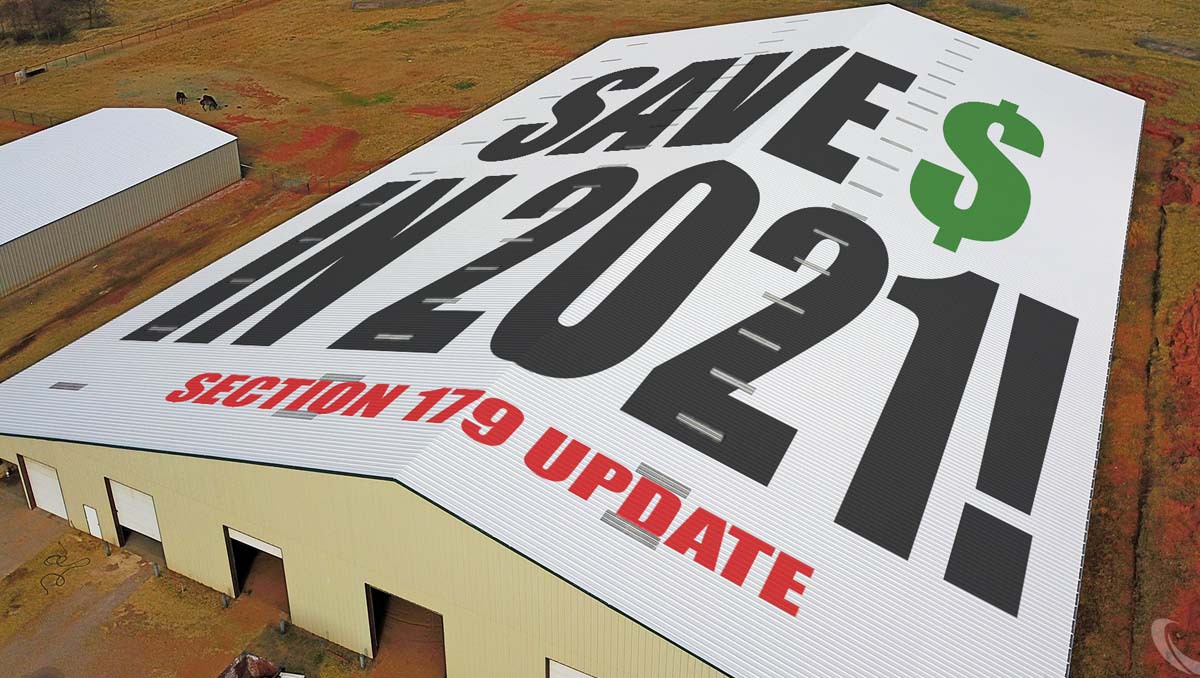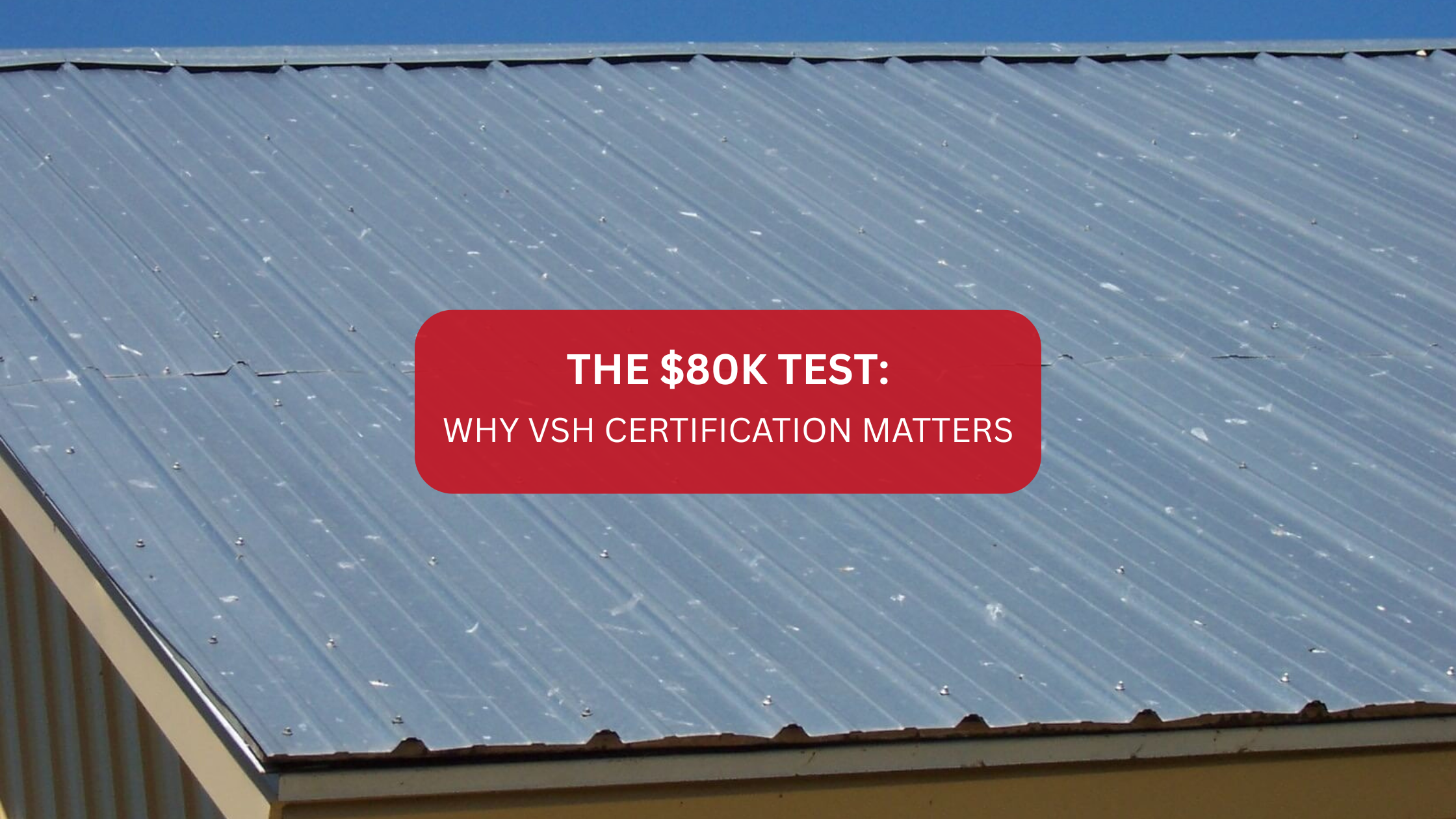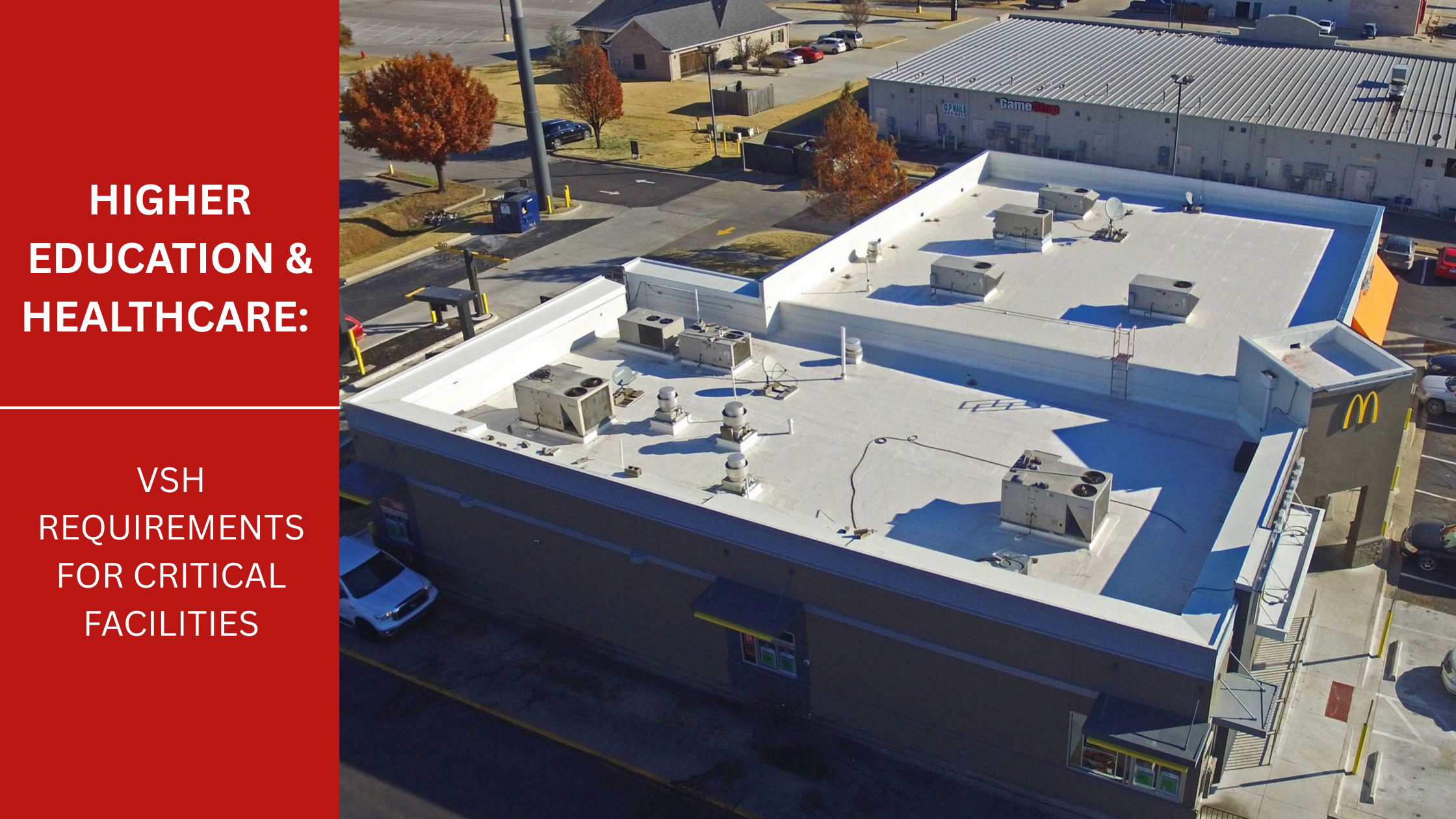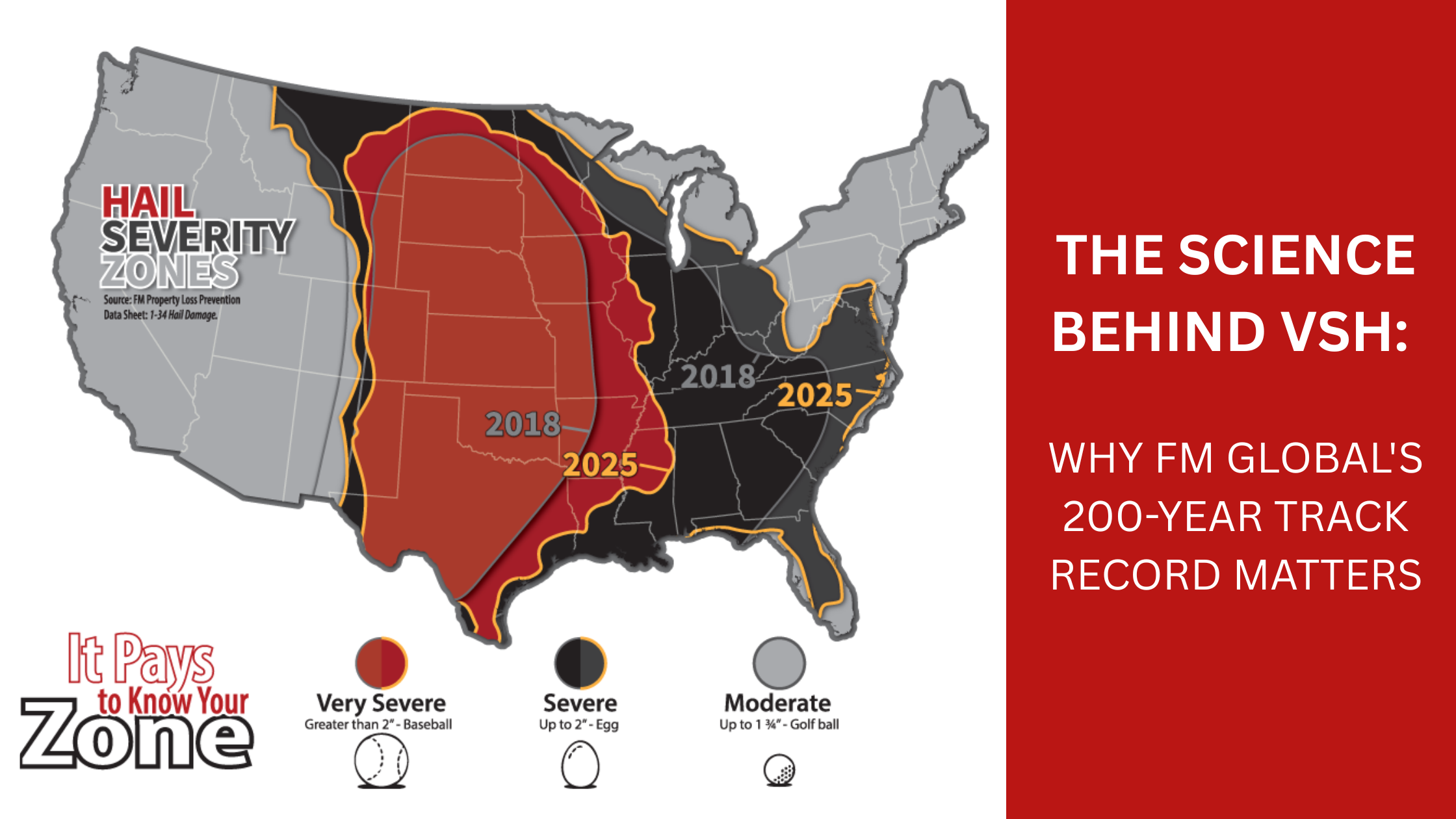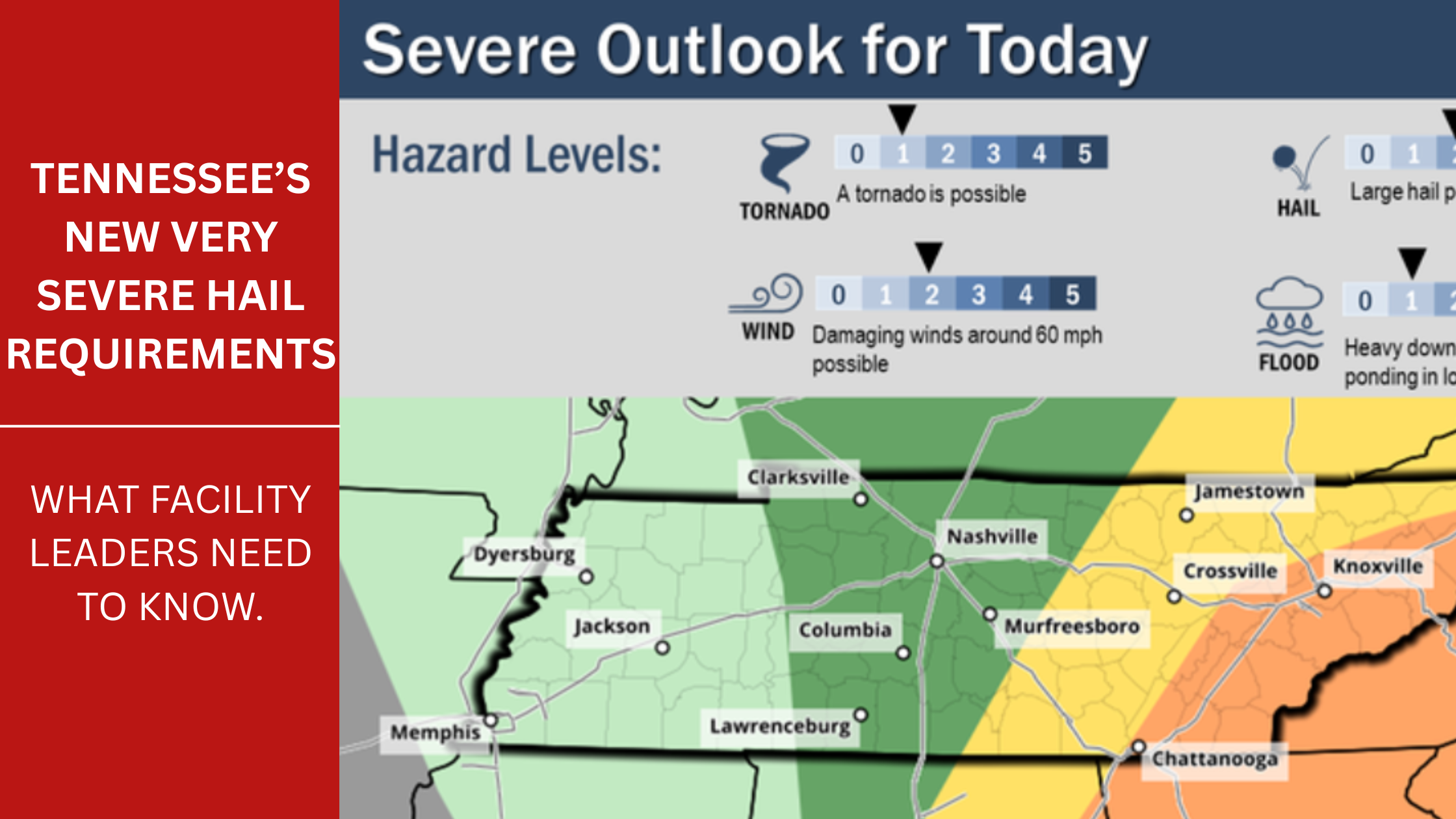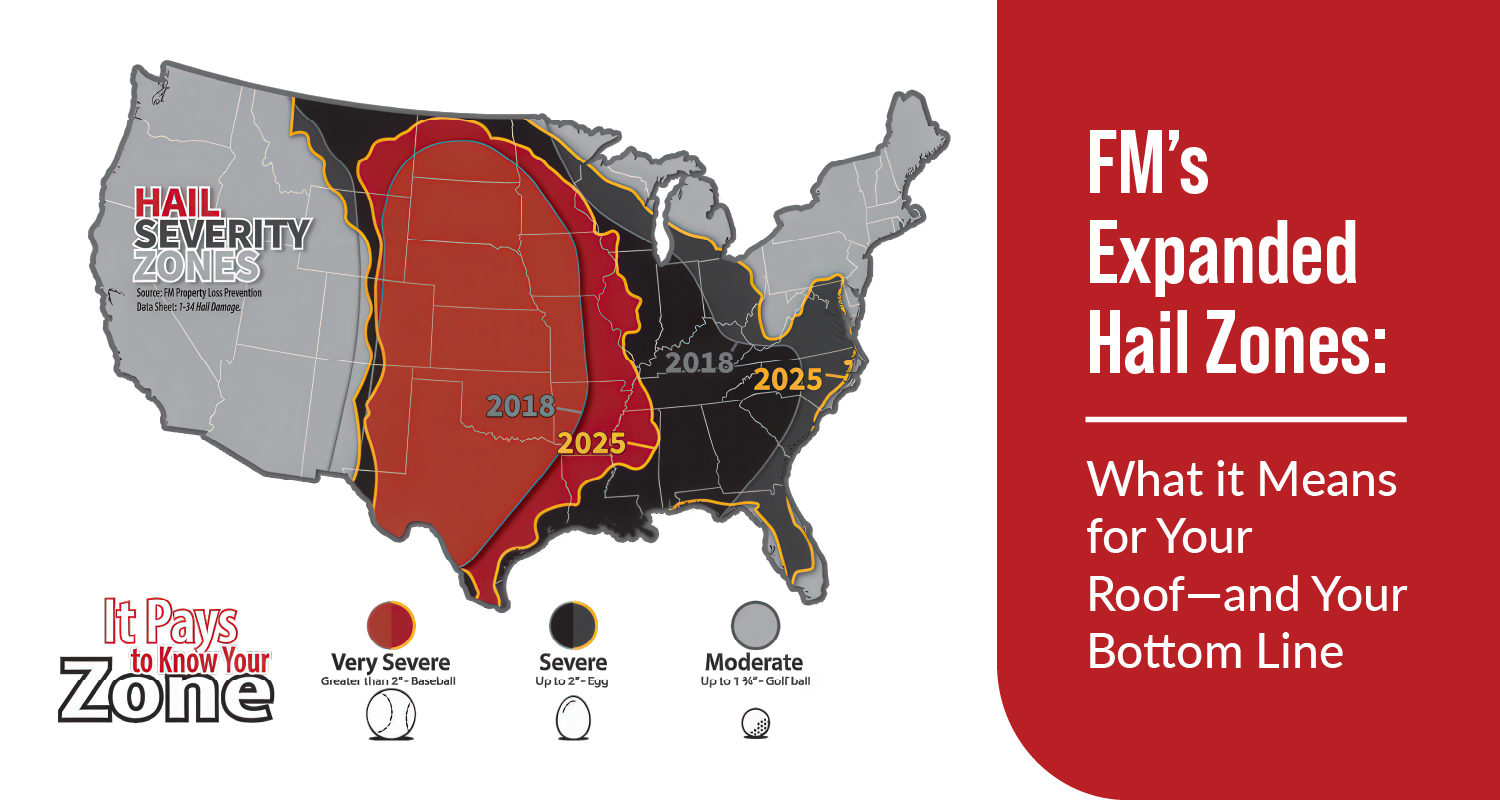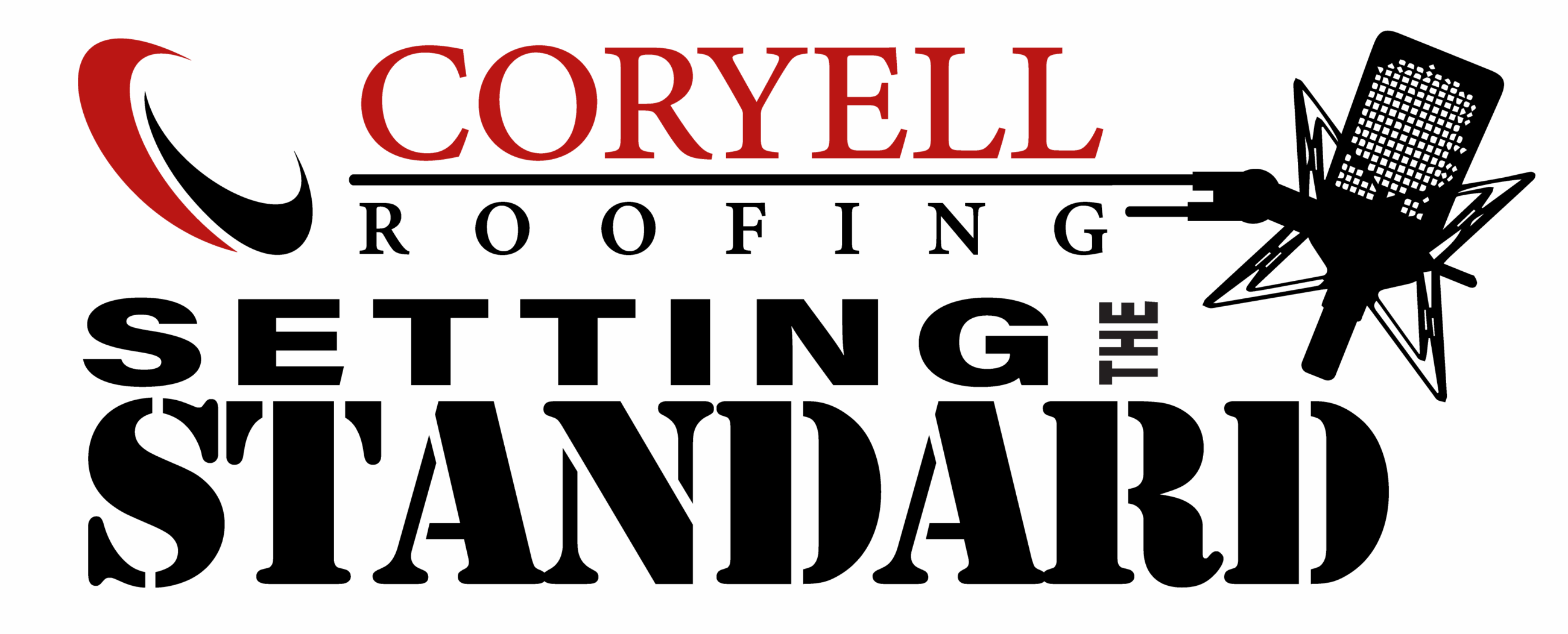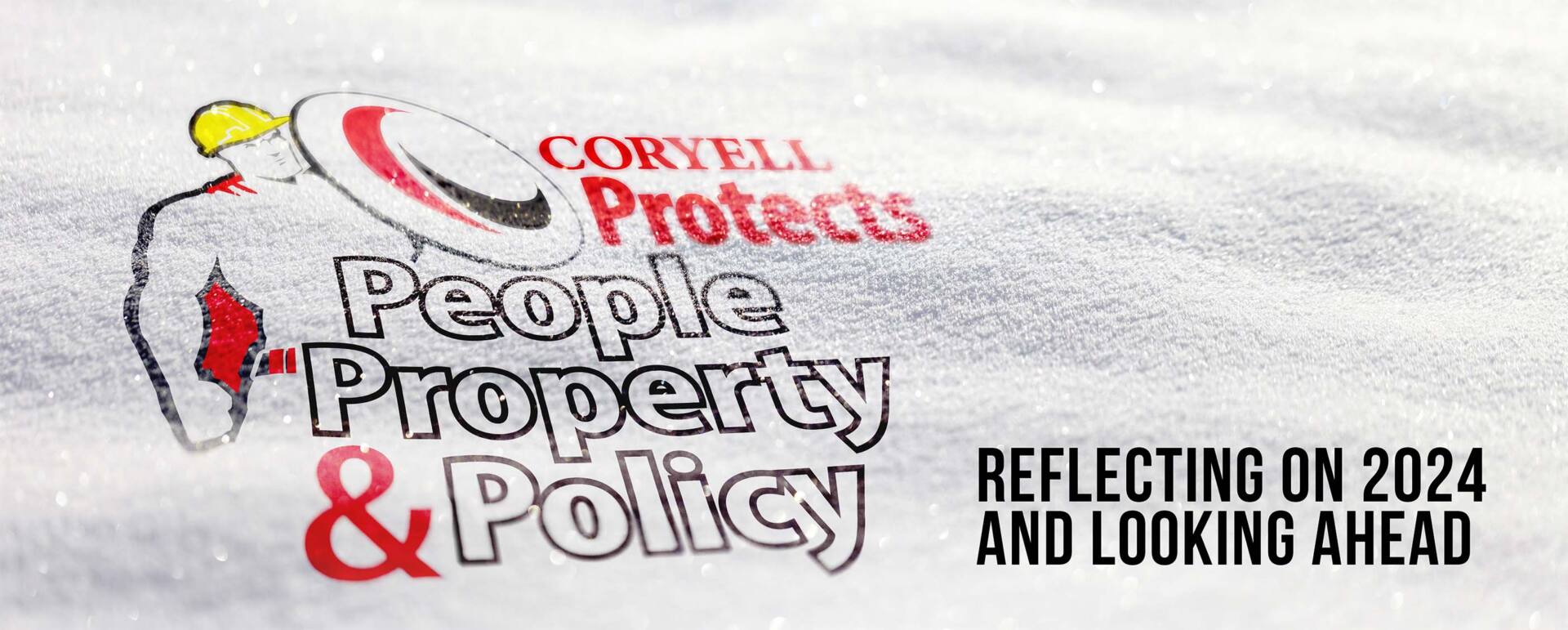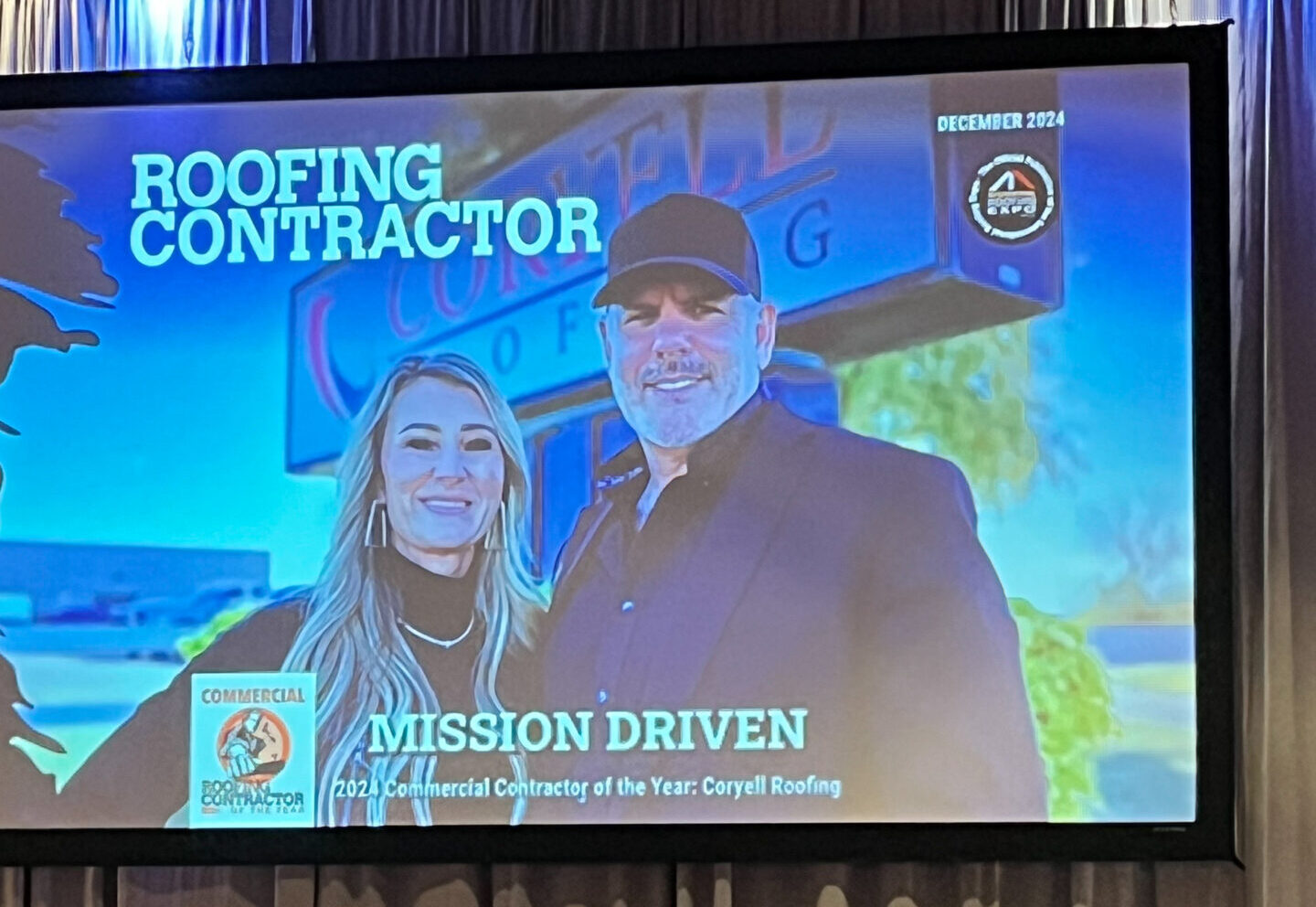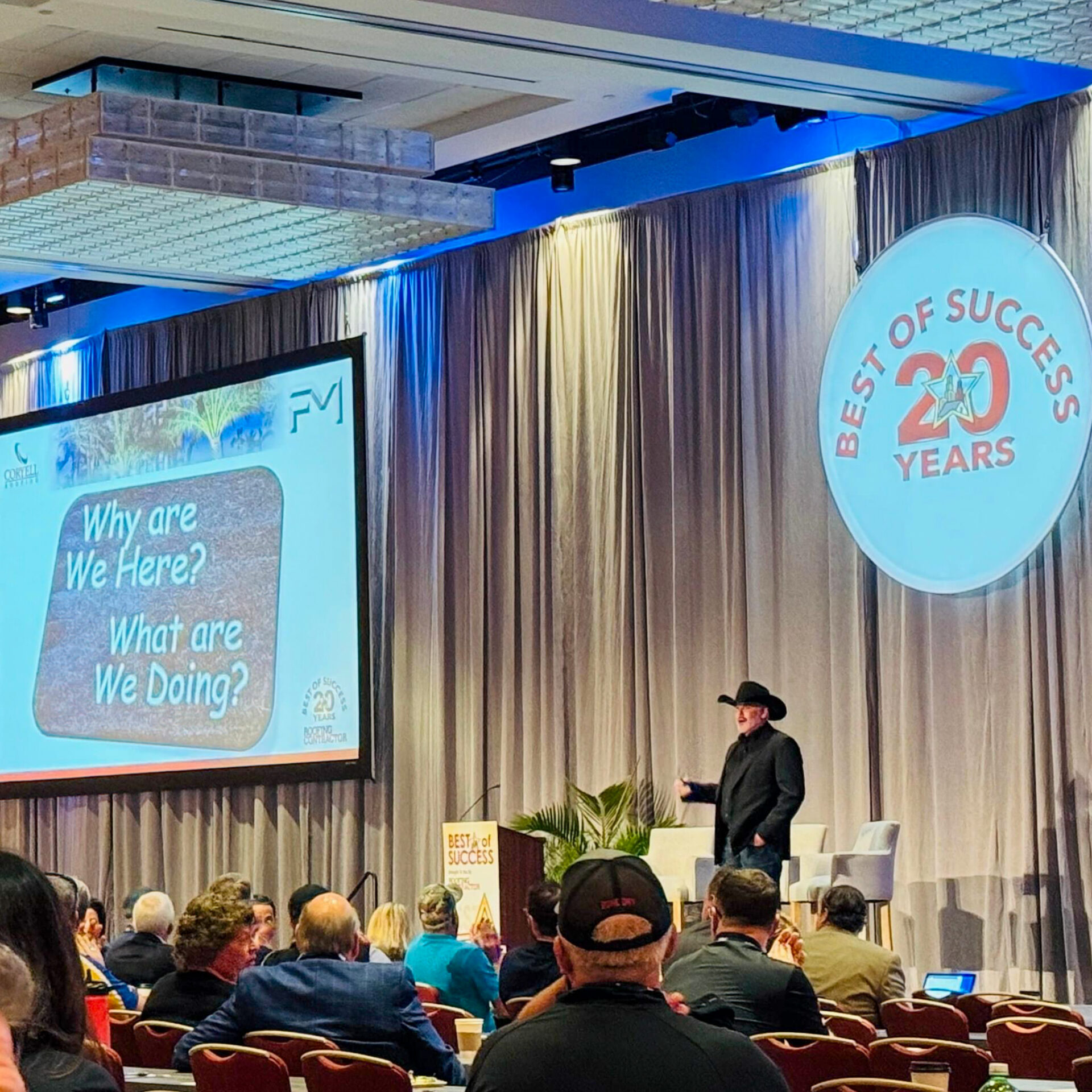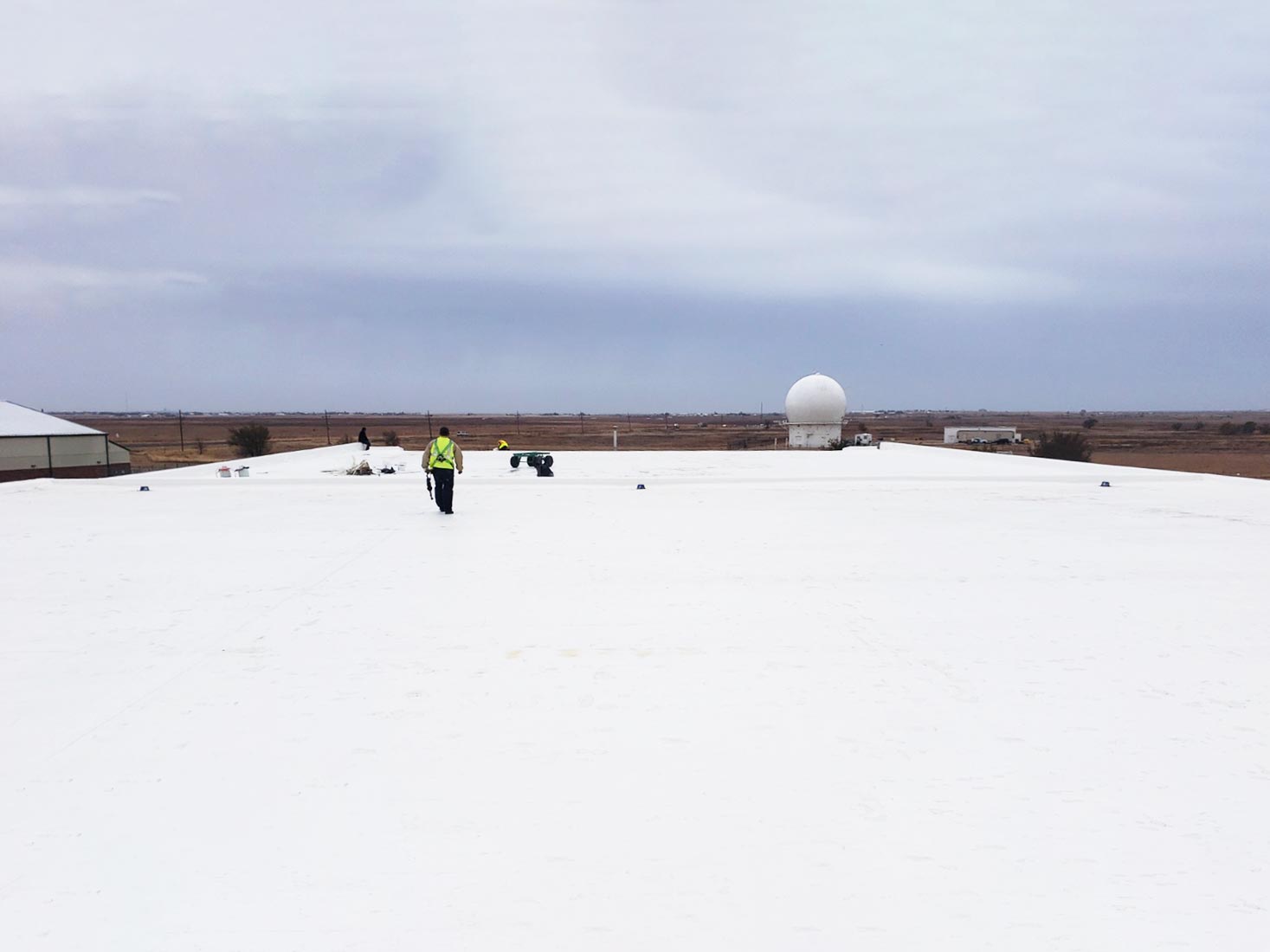Section 179 Update Can Save Businesses a Million
![]() For people looking to improve their roof system, it is important to understand the IRS Section 179 deduction which can help businesses save tons of money on taxes. This is an excellent incentive as taxes usually make up the majority of expenses of a company. Moreover, since it offers a significant discount on getting a new roof it is a great reason to get familiar with it. With the recent 179 tax deduction update, commercial building owners’ best time to engage in the necessary roof maintenance and repair work is right now, when it is the most lucrative.
For people looking to improve their roof system, it is important to understand the IRS Section 179 deduction which can help businesses save tons of money on taxes. This is an excellent incentive as taxes usually make up the majority of expenses of a company. Moreover, since it offers a significant discount on getting a new roof it is a great reason to get familiar with it. With the recent 179 tax deduction update, commercial building owners’ best time to engage in the necessary roof maintenance and repair work is right now, when it is the most lucrative.
What exactly does the new change entail?
Simply put, a business owner can now deduct up to $1,050,000 on their income taxes during the first year by attributing the cost of roof repairs as expenses. This contrasts with the prior version of the law, wherein the costs were considered a capital expense that is subject to depreciation over several years.
Advantages of Section 179
Expenses qualified as investments are sanctioned under Section 179 of the IRS Tax Code, including maintenance and refurbishments of roofing and HVAC. Therefore, while the old rules considered roof coating to be an expenditure related to maintenance, the process of replacing a roof was labeled as a capital expense.
While many businesses are eligible for this deduction, it comes with a set of constraints. For example, the deduction of $1,050,000 is considered only for a single purchase. However, it is possible to enjoy deductions concerning other purchases, including buying another roof for another building. And now, the eligible deduction has seen a significant increase, with the investment phase-out starting at $2,620,000 and is considered phased out at a point wherein $3,670,000 worth of assets that are eligible under Section 179 are placed in service. Your main take-away is that if the cost of repair exceeds $2.5 million, you cannot have $1 million deductions. Building owners can enjoy further tax rebates as well as credits if they implement energy-efficient enhancements.
The next advantage is that buying a new roof makes you eligible to write-off the price of your old roof; this is inevitably another tax benefit. How? The amount that is still written in your books, which includes the old roof’s cost minus the depreciation over the years, can be written off as a loss. This enables you to enjoy two tax benefits: purchasing the new roof and writing off your old roof.
Additionally, after the new cover is installed and functional, the deductions can be claimed that year, even if you haven’t paid for the roof yourself, and instead, acquired a loan. The same applies if you enter into an agreement with your roofer that allows you to defer your payments. While this sounds great, note that the Section 179 deduction is applicable only for your taxable income.
Under Section 179, you might enjoy providing the reduced cost of repairing the old roof even after purchasing the new one. To accomplish this, you must first capitalize on your roof and then depreciate expenses that enhance the roof’s value.
Limitations and Rules
One disadvantage is that roofs are not eligible for “bonus” depreciation, which is essentially extra depreciation that can be included in the case of capital expenditures whose value exceeds the $3,670,000 limit mentioned above.
One more crucial pointer to consider is that at least 50 percent of the roof must be utilized for business purposes.
For any given tax year, a business remains eligible for Section 179 if the specific equipment- roof in this case- is purchased or leased between January 1st and December 31st of the same year. Certain limitations determine the amount that can be deduced. For instance, if the new roof’s expenses exceed $2 million in a specific tax year, the deduction is calculated by decreasing the amount of money that surpassed the pre-determined threshold. Lastly, the deducted amount must be lesser than the company’s overall taxable income in that specific year.
While taxes may not seem like an exciting topic for everyone, they can help save money. To further learn how to leverage the Section 179 tax deduction, get in touch with your accountant. Note that inflation will impact these deduction limits, which may change without prior notice. Hence, it is crucial to contact your tax professional to save money during your next roofing project.

